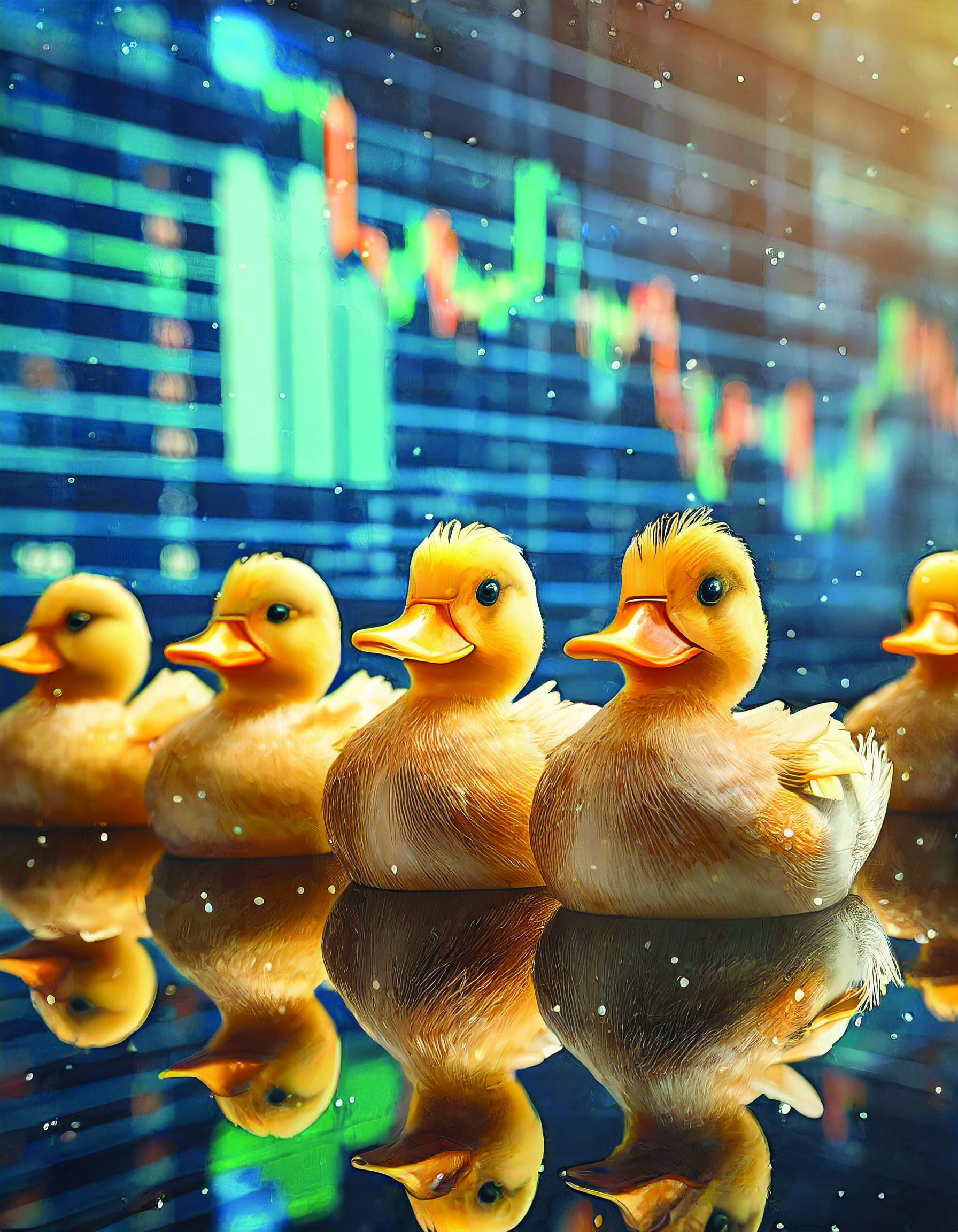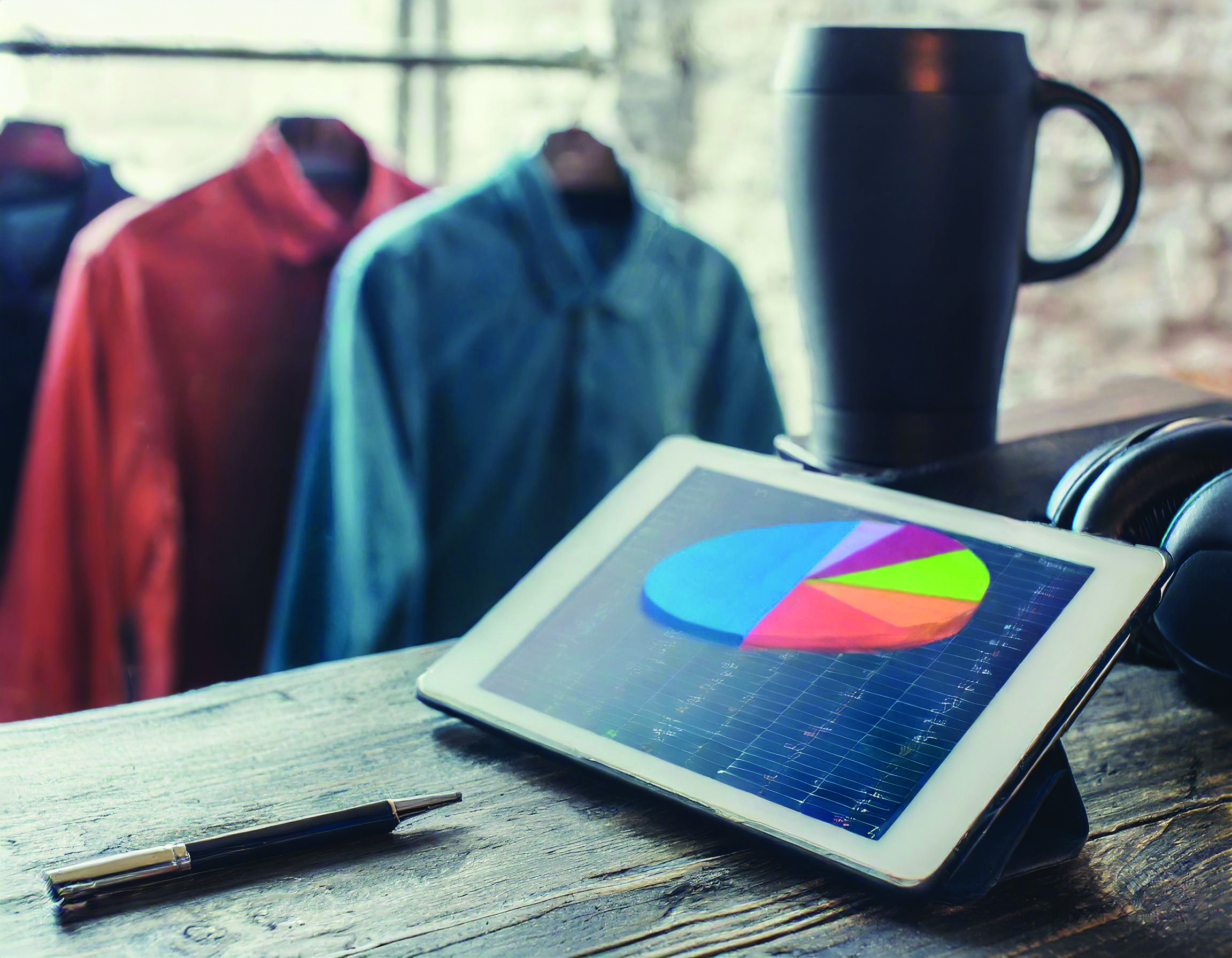The print and promotional products industries, just like any commercial industries, are always changing. Product trends come in and out as new advancements in manufacturing and decoration take hold. Consumer trends dictate the demand, and suppliers and distributors adjust their game plans accordingly.
The print and promotional products industries, just like any commercial industries, are always changing. Product trends come in and out as new advancements in manufacturing and decoration take hold. Consumer trends dictate the demand, and suppliers and distributors adjust their game plans accordingly.
At the same time, societal variables like economics affect the way consumers buy and companies sell, too.
Then, of course, sometimes an unprecedented pandemic interrupts our lives for years at a time and changes, well, everything.
Thankfully, the promotional products industry, and the world as a whole, is as “on the other side” of that as humanly possible — we’ve seen and written enough about “new normals,” so we won’t do that again. But, the world isn’t fully the same as it was in January of 2020 before all of that — we’re just more used to things now, and it feels a lot less chaotic.
But, like 2020, we find ourselves once again at a political crossroads of an election year. And, aside from the obvious implications of each possible outcome in November, an election year creates huge opportunities for the promotional products and printing industries, as candidates, political parties, and affiliated groups do everything they can to sway voters using signs, stickers, apparel, and countless other promotional products.
Combining all of these economic and societal factors, the industry is in an interesting place right now.
Let’s dive in, and take stock of where we are, how we got here, and where we’re going.
The Economy
Andy Paparozzi, chief economist for PRINTING United Alliance, says the main factor he’s watching in relation to the print and promotional products industry is operating cost trends, and how receptive the markets within the industry are to pricing changing. He expects the industry’s competitive landscape to limit pass-through of rising costs either due to inflation or other industry factors.
With that, he notes that businesses need to take certain precautions in-house to maintain profitability without simply changing the price tags. Business leadership must have all of their ducks in a row, and tighten their spending belts wherever possible to keep the business running lean.
“When cost pass-through is limited, boosting productivity is essential to building profit margins,” he says. “Workflow must be streamlined; steps and touches squeezed out of processes companywide; automation and production speeds increased through capital investments; and a flexible, capable workforce developed through investments in employee training, recruiting, and retention.”
We’d be remiss to not mention how artificial intelligence fits into all of this. AI has been one of the largest topics of conversation in recent years, especially this last year, as platforms like ChatGPT and Midjourney become available to the masses and enable both text and image creation.
When used wisely, AI can be an extremely helpful tool in business management, saving time and cost in places that otherwise would require more of a human touch (and brain).
In short, AI can take some of the busywork, while the humans can focus on higher-yield jobs that require a little more finesse.
“AI applications can automate repetitive, low-value tasks, freeing time of activities that create the greatest value for clients, employees, and the company; enhance mission-critical functions from sales and marketing to HR and cybersecurity; strengthen market analysis and forecasting; and support superior decisions companywide.”
Paparozzi also warns that AI is “not a magic wand,” and many functions still require a human to safeguard from AI’s tendency to “hallucinate” or, well, think like a computer rather than a person.
“Proceed cautiously, but proceed,” he says. “No company in our industry can afford to ignore AI.”
The Election
As the field narrows, it looks all but guaranteed that November will bring another Biden/Trump election.
With each outcome, there are obviously potential legislative and economic factors that distributors and suppliers will need to pay attention to, and could affect buyer habits. Also, the election decides a lot more than just who’s sitting in the Oval Office come January 2025.
“Who will win the White House and, equally important, which party will control the U.S. Senate?” Paparozzi says, “And what about the Federal Reserve Board? Will the Fed hold interest rates higher than planned so as not to be perceived as influencing the election? Plan for the uncertainty through rigorous risk analysis, including stress testing [and] worst-case analysis, evaluating key risk indicators, and calculating customer health scores.”
Leading up to the election, however, also creates an opportunity for virtually any promotional or print product available on the market. Campaign events are stocked with signs, buttons, stickers, T-shirts, and hats. Political action groups use writing instruments, notebooks, folders, and a host of other office supply products in their own headquarters, and then giveaway items are only limited by the group’s imagination.
As we get closer to November and the field is more settled, the political product market will be an opportunity for distributors that only comes around every four years.
The Legislation
Taking the election wholly out of the equation, there is a lot of legislation that makes a difference in the way promotional products are manufactured and decorated. For starters, legislation surrounding PFAS chemicals has impacted the print industry, as food packaging in the U.S. will no longer include PFAS chemicals for things like water- and grease-proofing. PFAS chemicals were also commonly used as a water-proofing agent on apparel, but companies are starting to phase it out as some states outlaw it completely.
In print, there is proposed legislation in the U.S. regarding ink like carbon black, which could be banned in New York State.
Jessica Makrinos, marketing manager for Inkcups, Danvers, Massachusetts, says that environmentally-focused legislative measures are a focal point of her business.
“At Inkcups, this has been on our radar for some time now and, from start to finish, we aim to ensure that sustainability and environmental impact are taken into account as we develop products,” she says. “For example, we aim to provide practical solutions for eliminating waste, whether that is through eliminating plastic inserts from pad printing or doing away with the need for shrink sleeves in packaging by enabling direct-to-object printing of bottles and cans.”
Inkcups also has implemented processes for printing full-color imagery on reusable bags made from polyester, nylon, vinyl, PVC, leather, canvas, cotton, and more sustainable materials that the common end-user wants.
Which brings us to the next point.
The Buyers
Lori Bauer, CEO of iPROMOTEu, Wayland, Massachusetts, is looking at things from the distributor point of view, having been a part of iPROMOTEu for three years before succeeding Ross Silverstein as CEO.
She and the rest of the distributor community are constantly looking at what factors influence buying habits in retail, and therefore drive demand in promo. These are factors like environmental advancements that people become aware of and want to be a part of — think sustainable apparel or recycled drinkware; or it could be technological advancements that go from bleeding edge to run-of-the-mill — think wireless charging or wireless headphones.
Tech especially, Bauer says, is a major influence on the promotional products end-user.
“The growing popularity of tech-related items is clearly reflected in our industry’s sales trends,” she says. “In addition, awareness of complex environmental issues like process emissions, safer materials options, and greenwashing has further increased the interest in responsible and eco-friendly promotional products.”
The common end-user is simply more educated on the environmental concerns of the world than ever before. Our ability to stay up-to-date on every development across the world with a millisecond’s notice means that everyone is aware of the issues facing our climate, and how their product choices can make a difference.
And while a lot of changes stem from laws being passed, like single-use bag bans or the ban of PFAS chemicals, consumers tend to lead the charge themselves even without being forced by the law.
“If you look at the rise of popularity of both reusable drinkware and reusable bags over the past few years, both of these reflect a growing consumer concern with sustainability,” Makrinos says. “We’re seeing it reflected in legislation, too, but really it comes down to consumers being more environmentally conscious, and smart marketers and other business decision-makers recognizing this shift.”
In recent years, Bauer has seen an uptick in demand for products made from materials such as bamboo, recycled plastic, organic cotton, and other biodegradable alternatives.
“These products align with consumer preferences for environmentally responsible brands, and demonstrate corporate social responsibility,” Bauer says. “Products made from recycled or up-cycled materials have become more prevalent and are favored by those seeking sustainable options.”
It’s not just the end-user who wants to be seen as green. Since the point of a promotional product is to instill a positive impression for the brand, a company using a sustainable product will show that it’s concerned about the environment, and therefore be more appealing to their own potential customers.
That comes with a new set of costs, too. And, as Paparozzi advised, distributors and suppliers need to try their best not to pass price increases onto their customers, lest a competitor swoop in with a better price point. That, according to Bauer, is a real challenge for distributors these days: providing the high-quality and sustainable products people want without charging a prohibitive cost.
“From a manufacturing standpoint, switching to sustainable materials or processes can initially be more expensive than traditional methods,” she says. “These higher upfront costs may pose a significant barrier to adoption. Sourcing sustainable materials and finding manufacturers that adhere to ethical and environmentally responsible practices can be challenging. Ensuring the reliability and consistency of the supply chain, while meeting sustainability criteria, may require additional effort and resources.”
Of course, it’s also worth considering the way distributors actually sell the products, too.
Print-on-demand services have gone from the fringes of the industry to the forefront, as even the big guys like Amazon get in on the branded merchandise game. Distributors should be aware of how a generation raised on e-commerce wants their buying experience to go.
Distributors can model their businesses to an extent after these sorts of sites to stay competitive. And using this e-commerce method, distributors can ensure that the exact amount of product is sent for the buyer’s need, which limits waste.
“The rise of on-demand direct-to-object printing means that it is now possible to print the exact number that you need as you need it, and I think that’s something we’ll also see increasingly reflected throughout the promotional goods market,” Makrinos says.”
The Near Future
As we exit the COVID era, distributors will likely find a similar appetite for promotional products as before the pandemic. For years, in-person activities like conferences, sporting events, and school were canceled or transitioned virtually. And, while the “new normal” allows for things like remote work and sending people branded kits to feel like they’re still all together, the return of regular in-person events means a return to more normal promo buying. The “new normal” part of this, though, is that some of the products that exploded in popularity during the pandemic, like masks and other self-care products that otherwise might not have been at the front of everyone’s minds, are now part of the standard product fare.
Conversely, the demand for health and safety-related products surged during the pandemic, and remains high for items that promote cleanliness, hygiene, and well-being,” Bauer says. “These are essential items for businesses looking to prioritize the well-being of their customers and employees. The pandemic heightened awareness of mental health and self-care practices, leading to increased demand for products that promote wellness and relaxation, and offer therapeutic benefits.”
Even though Generation Z and millennials grew up with screens, younger consumers are looking for products that give them a break from the digital world, especially after spending time in virtual work or school during lockdown, where social meetups were done over zoom.
Makrinos says that “screen fatigue” catalyzed a push for more tactile products appealing to younger end-users. This extends into print, where a promotional event becomes all-encompassing and interactive. There have been examples of movies and TV shows tying in with restaurants and other businesses, transforming spaces into interactive experiences using wide-format printing, trade-show displays, and a variety of giveaway products.
“There was a certain amount of ‘screen fatigue’ that has stimulated interest in more interactive, experiential brand interactions which extends to products with haptic effects, such as specialist textures, shapes, and finishes that shoppers want to pick up off the shelf and turn around in their hands,” Makrinos says. “Demand for aesthetically pleasing, multi-sensory products and packaging is certainly on the rise post-pandemic, and popular with younger generations.”
While it’s impossible to predict what will happen next — seriously, how many of us thought 2020 would happen the way it did? — promotional products vets like Bauer and Makrinos believe that some products that have risen to prominence in recent history will maintain their perch at the top of the promo wish list.
“I think that we’ll continue to see reusable bags riding a wave of popularity for some time,” Makrinos says. “Reusable drinkware will also remain popular, maybe even becoming more so as single-use plastics become less prevalent in our daily lives.
Sustainability and conscious consumption are becoming something of a status symbol for any, and I think the ‘hot’ products over the coming years will undoubtedly reflect this.”
Bauer considered the return of travel for pleasure, as vacation destinations open up fully without as many considerations from COVID, not to mention the return of in-person conferences.
“Many people are traveling again for business and for pleasure, and they are looking for items that help keep them organized, maintain a charge for long periods of time, and are fashionable,” she says. “With the continued integration of technology into daily life, promotional products, such a wearable tech accessories, fitness trackers, and biometric sensors may become ubiquitous in promotional campaigns.”
It sounds dull to say that the future will bring “more of the same,” but in a lot of cases, it is. Tech will always be popular, but distributors need to stay up to date on what kind of tech people want. Drinkware and bags are always going to work for giveaways, but the materials and decoration methods will change.
The industry isn’t so much changing as it is evolving. And, if you don’t pay attention to the nuances of this evolution, you will be left behind.
“While these predictions provide insights into potential trends, the promotional products landscape is dynamic, and new innovations and consumer preferences may emerge over time,” Bauer says. “Businesses that stay up-to-date on market developments and adapt their promotional strategies accordingly will be well-positioned to capitalize on opportunities and engage their target audience effectively.”





